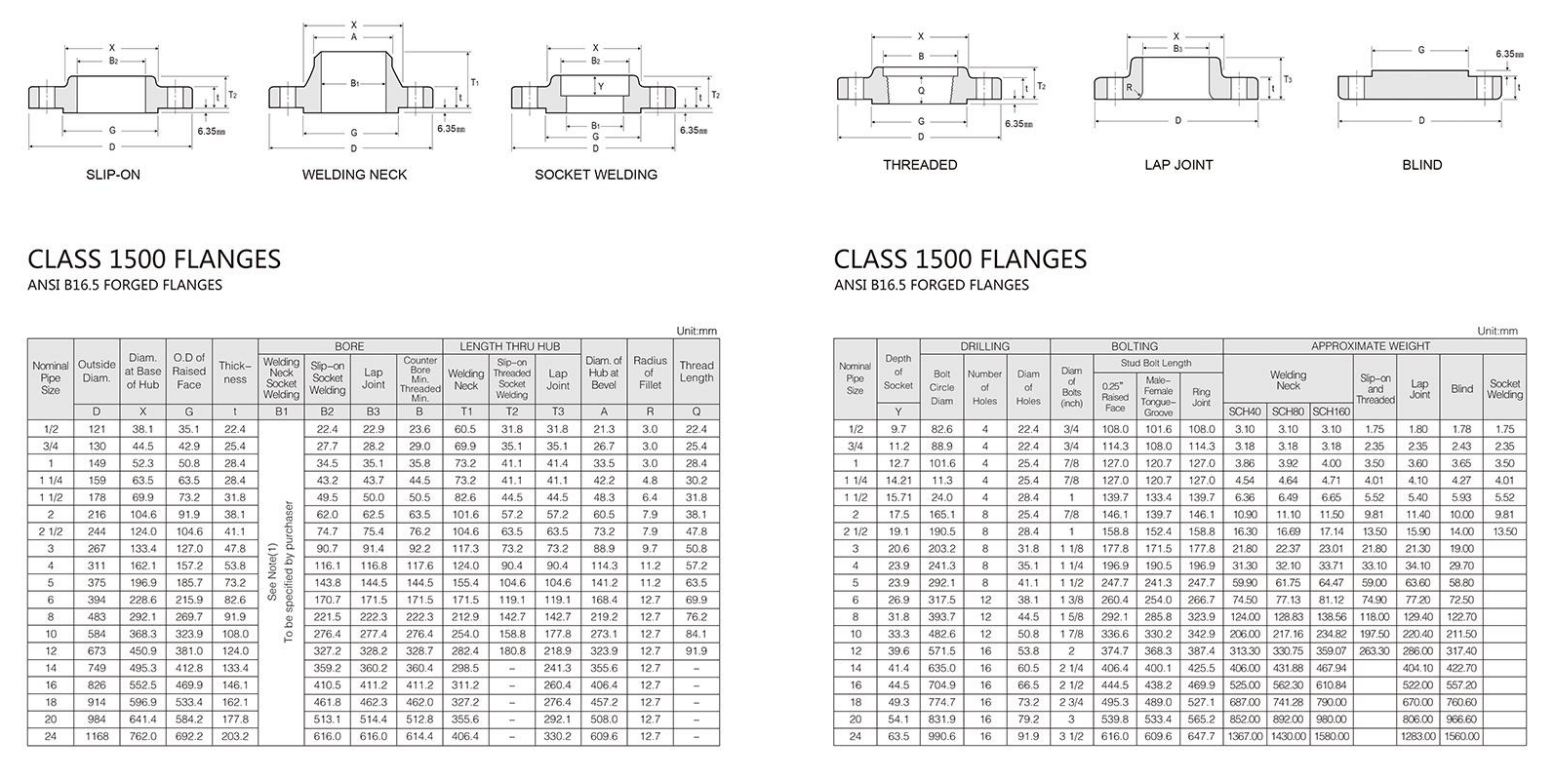-
Cangzhou Yulong Steel Co., Ltd.
-
Phone:
+86 13303177267 -
Email:
admin@ylsteelfittings.com
- English
- Arabic
- Italian
- Spanish
- Portuguese
- German
- kazakh
- Persian
- Greek
- French
- Russian
- Polish
- Thai
- Indonesian
- Vietnamese
- Zulu
- Korean
- Uzbek
- Hindi
- Serbian
- Malay
- Ukrainian
- Gujarati
- Haitian Creole
- hausa
- hawaiian
- Hebrew
- Miao
- Hungarian
- Icelandic
- igbo
- irish
- Japanese
- Javanese
- Kannada
- Khmer
- Rwandese
- Afrikaans
- Albanian
- Amharic
- Armenian
- Azerbaijani
- Basque
- Belarusian
- Bengali
- Bosnian
- Bulgarian
- Catalan
- Cebuano
- China
- China (Taiwan)
- Corsican
- Croatian
- Czech
- Danish
- Esperanto
- Estonian
- Finnish
- Frisian
- Galician
- Georgian
- Kurdish
- Kyrgyz
- Lao
- Latin
- Latvian
- Lithuanian
- Luxembourgish
- Macedonian
- Malgashi
- Malayalam
- Maltese
- Maori
- Marathi
- Mongolian
- Myanmar
- Nepali
- Norwegian
- Norwegian
- Occitan
- Pashto
- Dutch
- Punjabi
- Romanian
- Samoan
- Scottish Gaelic
- Sesotho
- Shona
- Sindhi
- Sinhala
- Slovak
- Slovenian
- Somali
- Sundanese
- Swahili
- Swedish
- Tagalog
- Tajik
- Tamil
- Tatar
- Telugu
- Turkish
- Turkmen
- Urdu
- Uighur
- Welsh
- Bantu
- Yiddish
- Yoruba

Հլս . 27, 2024 08:36 Back to list
Exploring the Benefits and Applications of Alloy Casting in Modern Manufacturing Techniques
The Significance of Alloy Casting in Modern Manufacturing
Alloy casting is a pivotal process in the manufacturing industry, playing a vital role in producing components that require both strength and durability. This method involves pouring molten metal into a mold, where it solidifies into the desired shape. The versatility of alloy casting allows it to be used across various industries, including automotive, aerospace, and construction. This article delves into the significance of alloy casting, its benefits, and its applications.
Understanding Alloy Casting
Alloy casting primarily focuses on the use of metal alloys, which are mixtures of two or more elements, typically combining metals to enhance their properties. Common alloys used in casting include aluminum, bronze, and cast iron. Each alloy possesses unique characteristics that make it suitable for specific applications. For instance, aluminum alloys are lightweight yet strong, making them ideal for automotive and aerospace components. On the other hand, bronze offers excellent corrosion resistance, which is crucial for marine applications.
Advantages of Alloy Casting
One of the most significant advantages of alloy casting is the ability to produce complex shapes with precision. Traditional manufacturing methods, such as machining, often struggle to create intricate designs without extensive material waste. In contrast, alloy casting allows for the creation of detailed features that are integrated into a single piece, reducing the need for assembly and minimizing potential weak points.
Additionally, alloy casting offers flexibility in production volume
. Whether it is for mass production or small-scale production runs, the casting process can be adapted to meet specific requirements. This adaptability is essential in today’s fast-paced and ever-changing market, where companies must respond quickly to consumer demands.alloy casting

Cost-effectiveness is another crucial benefit of alloy casting. While the initial setup costs for creating molds may be higher, the long-term savings achieved through reduced material waste and faster production times can be substantial. In high-volume production scenarios, these cost savings become even more pronounced.
Applications of Alloy Casting
Alloy casting finds applications across various sectors. In the automotive industry, it is used to manufacture engine blocks, transmission housings, and various structural components. These parts benefit from the lightweight and robust nature of aluminum alloys, leading to improved fuel efficiency and reduced emissions.
In the aerospace sector, alloy casting is essential for producing components that must withstand extreme conditions. Turbine housings, brackets, and landing gear are often made from high-strength alloys, ensuring safety and reliability during flight.
The construction industry also leverages alloy casting for producing various structural and decorative components. From intricate designs in architectural elements to durable components in machinery, the versatility of alloy casting contributes to both aesthetic appeal and functional performance.
Conclusion
In conclusion, alloy casting is a crucial component of modern manufacturing that offers numerous benefits, including precision, versatility, and cost-effectiveness. Its applications span across dynamic industries, making it a fundamental process that supports technological advancement and innovation. As manufacturing continues to evolve, the role of alloy casting is expected to grow, further solidifying its importance in creating high-quality components that meet the demands of contemporary society. The future of alloy casting holds promise, particularly as advancements in materials science and casting technologies pave the way for even more efficient and sustainable production methods.
Latest news
-
ANSI 150P SS304 SO FLANGE
NewsFeb.14,2025
-
ASTM A333GR6 STEEL PIPE
NewsJan.20,2025
-
ANSI B16.5 WELDING NECK FLANGE
NewsJan.15,2026
-
ANSI B16.5 SLIP-ON FLANGE
NewsApr.19,2024
-
SABS 1123 FLANGE
NewsJan.15,2025
-
DIN86044 PLATE FLANGE
NewsApr.19,2024
-
DIN2527 BLIND FLANGE
NewsApr.12,2024
-
JIS B2311 Butt-Welding Fittings LR/SR 45°/90° /180°Seamless/Weld
NewsApr.23,2024











